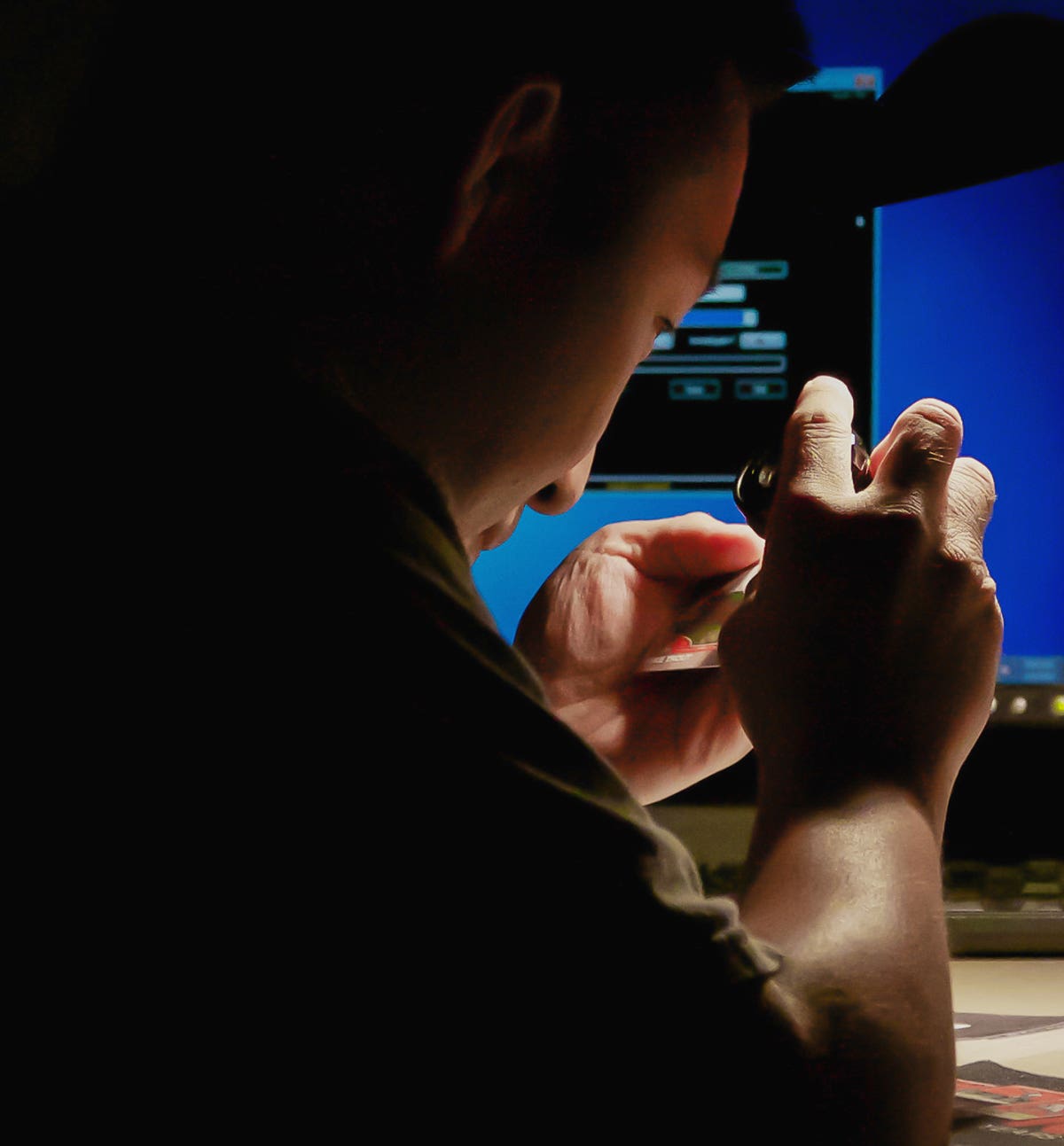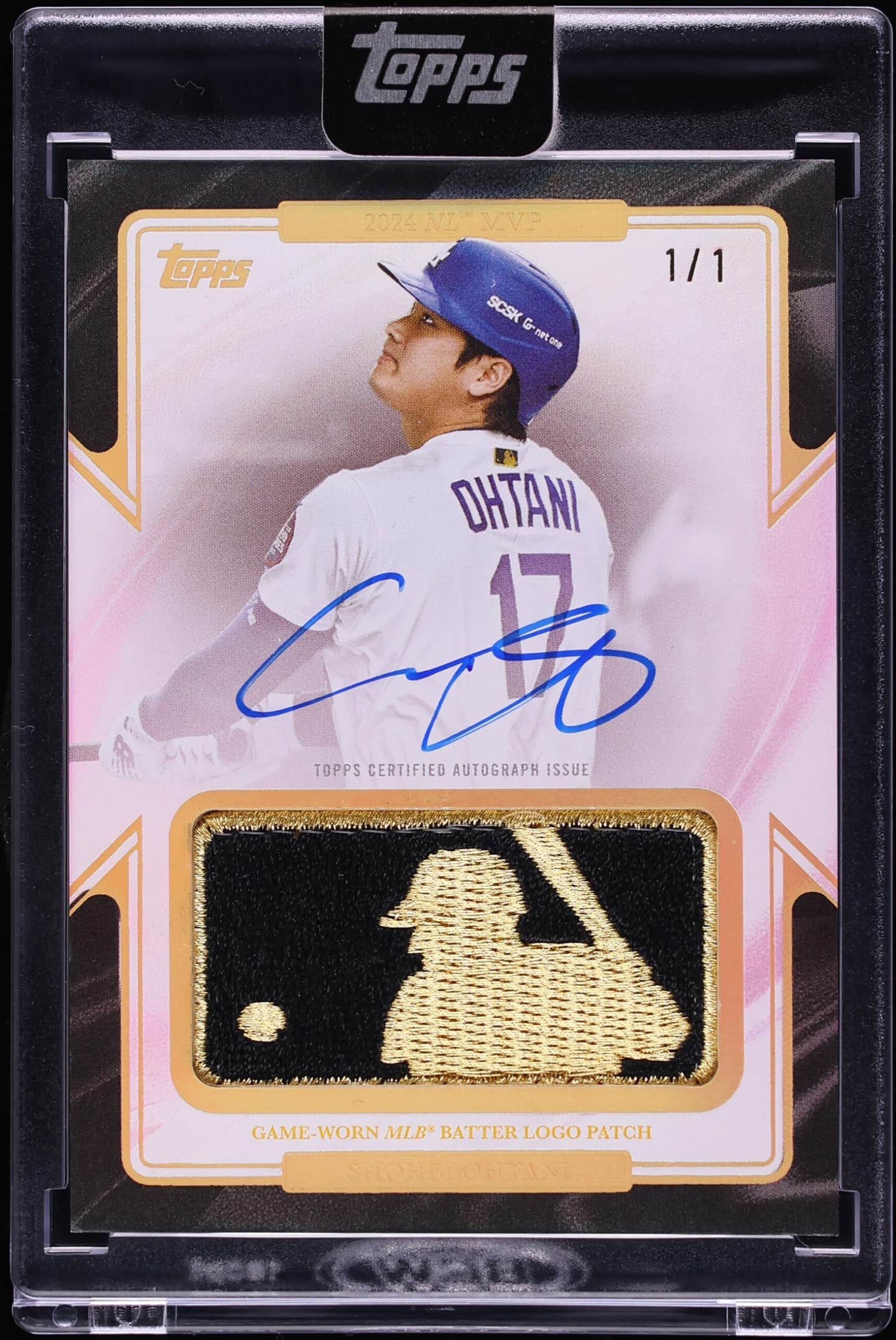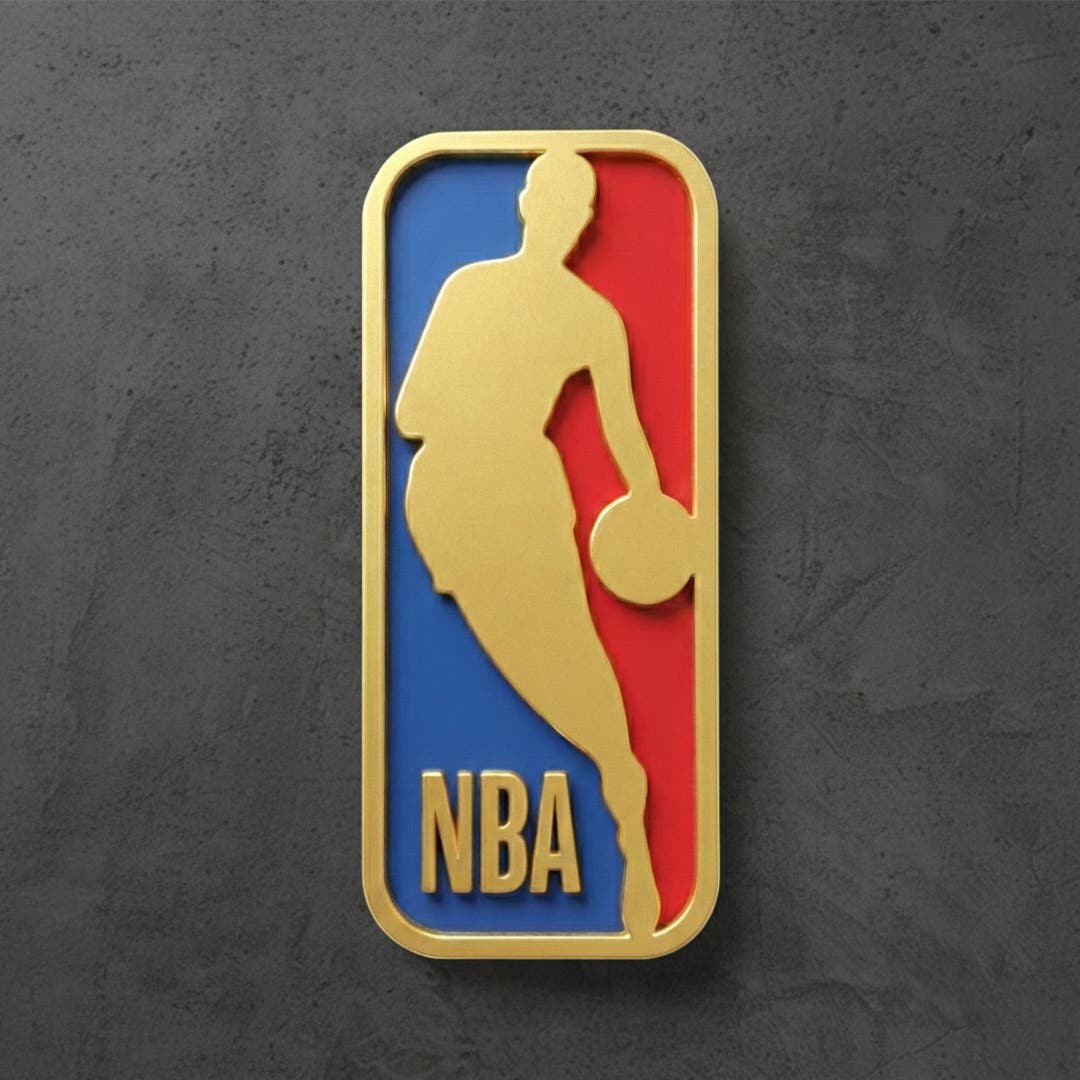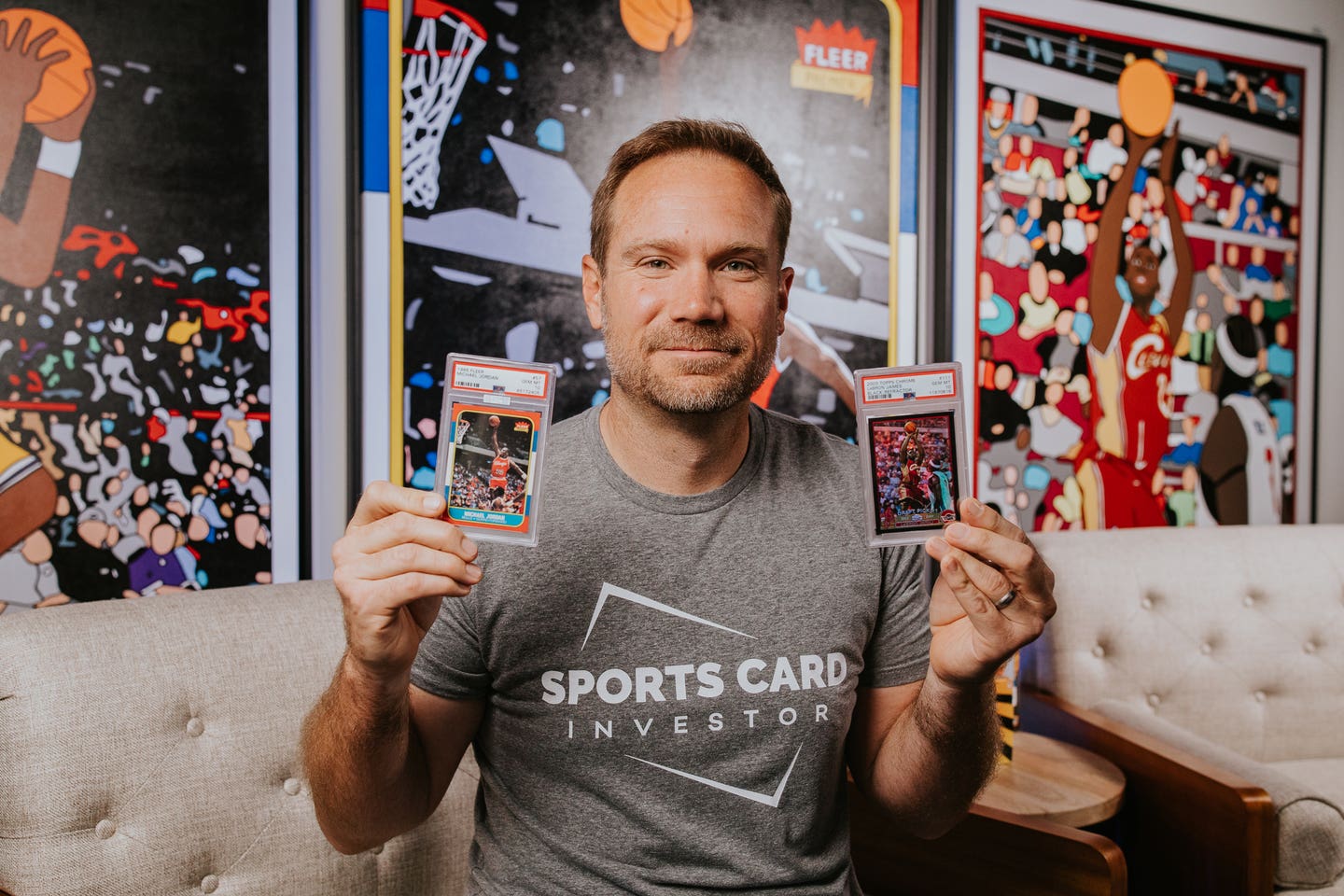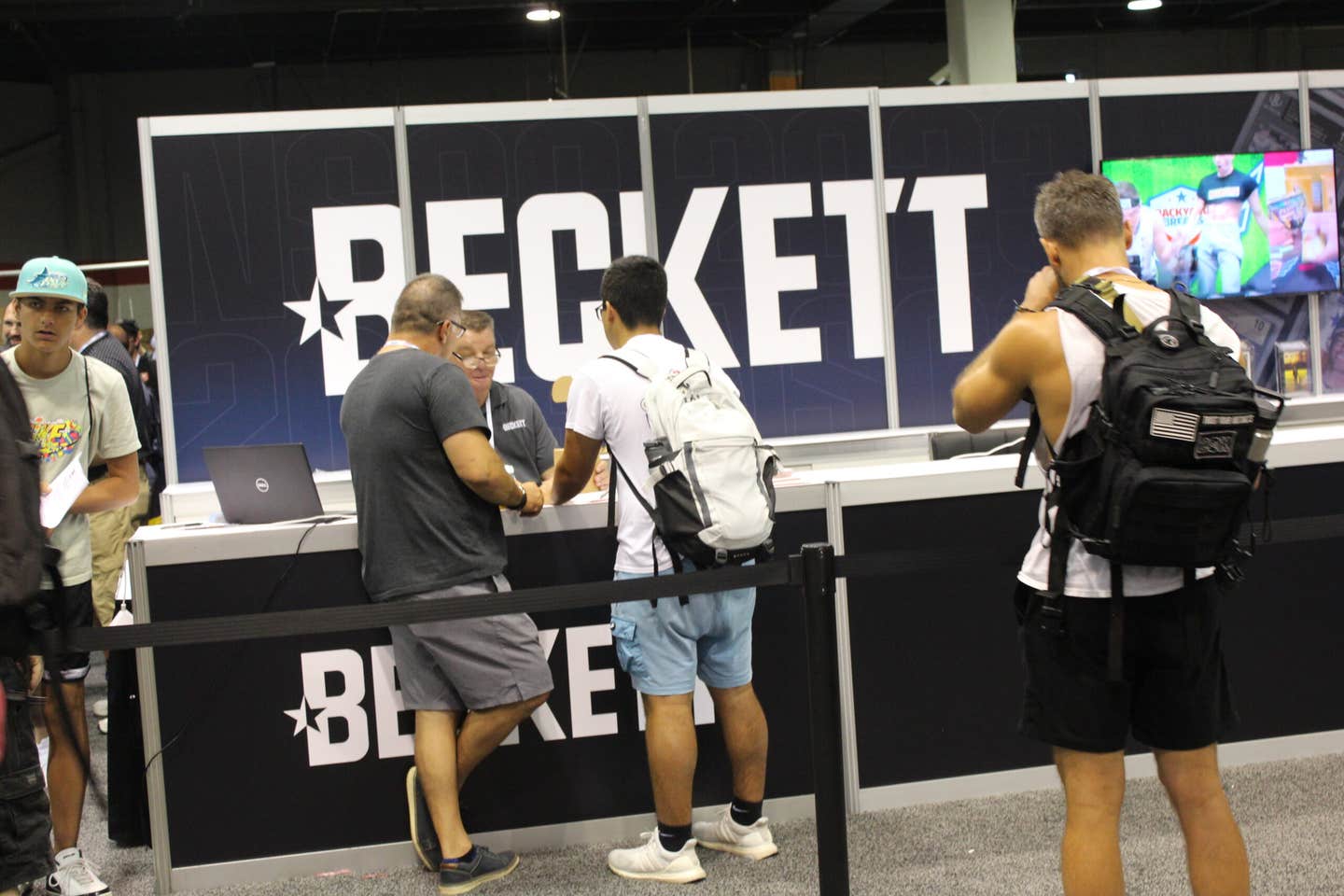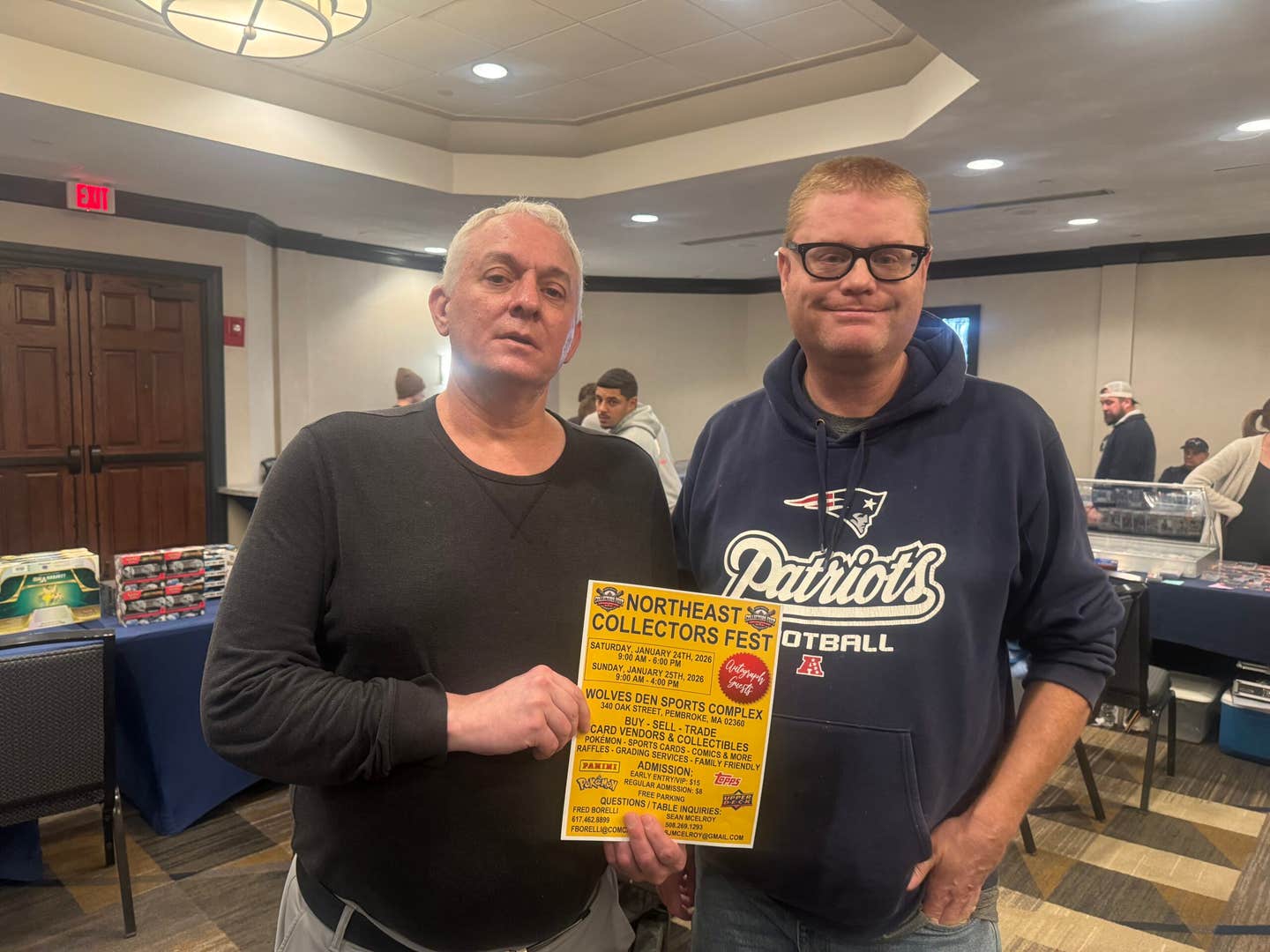News
A-Rods 600th HR to be the real deal
(This story originally appeared in the Wall Street Journal)
By BRIAN COSTA
Somewhere, locked in a closet in the auxiliary clubhouse at Yankee Stadium, is the ball that Alex Rodriguez will hit for his 600th career home run.
It is waiting there along with one or two dozen others like it, all covertly marked by Major League Baseball. And after Mr. Rodriguez's next home run, No. 599, a ball boy will deliver the balls to the home-plate umpire, who will introduce them into play the next time Mr. Rodriguez comes to bat.
The balls, which are indistinguishable from regular balls to the naked eye, are part of MLB's authentication program, which enables teams and fans alike to verify the authenticity of game-used memorabilia.
Every ball pitchers throw to Mr. Rodriguez once he reaches 599 will be specially encoded so it can be indisputably identified if it is hit into the stands. And just about every piece of clothing he wears, every piece of equipment he uses and everything he touches when he hits No. 600 will be tagged with high-tech holograms immediately after the game.
His bat, his batting gloves, his jersey, his pants, his cleats, the bases he steps on during his 600th home run trot and even the dirt he steps on will instantly become pieces of memorabilia. And MLB handles every bit of it the way the FBI handles evidence.
At every major-league game, there are contract workers—all current or former high-ranking law enforcement officers—who authenticate game-used items at the request of teams and players. Many of the items are sold to fans. Some are auctioned off for charity. In some cases, teams and players hold onto them as keepsakes. And for historic events, some go to the Hall of Fame. But all can be distinguished from fakes on the open market.
"We're there as history recorders, so we don't get into the ownership or selling issues," said Michael Posner, who oversees the authentication program for MLB. "It's more like, OK, here's what happened this day and we're charged with witnessing everything under the guidelines and making sure that is the bat that Alex Rodriguez used, these are the bases that were on the field that he touched circling the bases for 600."
The authentication program started in 2001 after an FBI investigation found widespread fraud in the collectibles industry. Since then, more than three million items have been authenticated, according to MLB.
In almost all cases, an authenticator will take an item he saw used in a game and stick a tamper-proof hologram on it. The holograms are made by a company called Opsec, which develops technology for everything from bank checks to driver licenses.
It is a routine, if often unseen, part of major-league games. But it takes on added significance when a player nears a milestone such as the one Mr. Rodriguez is about to reach.
Only six players in major-league history have hit 600 or more home runs. Each piece of memorabilia from the night Mr. Rodriguez does it, then, will be significantly more valuable than for a typical game, so the potential for knock-offs is greater.
MLB doesn't usually authenticate balls hit into the stands because authenticators can't be sure the ball that emerges from the stands is legit. But for milestone home runs, it uses specially marked balls that only MLB can distinguish from the rest.
Authenticators have had the balls ready at every Yankees game since Mr. Rodriguez hit his 597th home run in Oakland on July 6.
For security reasons, Mr. Posner declined to detail the technology used to encode the balls. But their use proved vital in identifying the ball Ken Griffey Jr. hit for his 600th home run at Miami's Dolphin Stadium in 2008.
"When they finally unpiled everyone who had jumped on the ball, they found two or three baseballs underneath," he said. "So what's happening is people are either throwing decoy balls or just trying to be cute and throw other baseballs into the pile, and it's obviously mixing in with a group of bodies that are running after the ball."
It remains to be seen how valuable Mr. Rodriguez's 600th home run ball will be. Whether because of his admitted past steroid use or just home-run fatigue among fans, his chase for 600 hasn't created much of a stir.
But the ball will still probably be worth diving on. Brandon Steiner, head of Steiner Sports, the Yankees' memorabilia partner, said he would expect the ball to sell for roughly $100,000, about the same as A-Rod's 500th home-run ball sold for at an auction in February.
"I'm not sure given the economy if you'd do much more than that," Mr. Steiner said. "But when you look at a player like this and you see the milestones ahead of him, people want those items."
MORE RESOURCES FOR SPORTS COLLECTORS
- Get current market values for 400,000+ baseball cards issued between '81 & '09
- Get the Ultimate Yankee package
- Interact with other sports collectors in Tuff Stuff's online forum
- Sign up for your FREE email newsletter from Tuff Stuff
- Read the latest 7th Inning Stretch Blog from Tuff Stuff Editor Scott Fragale



